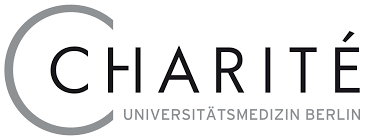
Institute of Microbiology, Infectious Diseases and Immunology
Epigenetic control of ILC3 plasticity
In the last decade it has become increasingly clear that lymphocyte fate determination and stability is not set in stone. Group 3 Innate Lymphoid Cells (ILC3), the “type 17” module of ILC, are developmentally dependent on the lineage-defining transcription factor RORγt. However, it has been shown that a proportion of ILC3 upregulate the T box transcription factor T-bet which is considered to be the master organizer of “type 1” fate determination. Emerging evidence emphasizes that cell fate decisions are epigenetically regulated. However, it is not known whether ILC3 plasticity is also governed by epigenetic regulation. To answer this question, we have established and implemented a pipeline for genome-wide profiling of epigenetic marks in primary isolated ILC. We have performed ChIP-sequencing of the permissive histone mark H3K4me3 and the repressive histone mark H3K27me3 on primary isolated ILC3 subpopulations. We have found epigenetically encoded patterns that point towards the existence of a pre-determined plastic potential within the ILC3 lineage. These patterns are likely to emerge during development and endow ILC3 with the capacity to transition towards an alternative fate should the appropriate signal be encountered. We found that other key lineage defining genes including the Tbx21 gene are bivalently marked. Notably, these genes show low to no expression, indicating that they are kept in a poised but repressed state. We have obtained evidence to substantiate that epigenetic remodelling downstream of Notch signalling is necessary in order for ILC3 to upregulate T-bet in vitro. Our findings are reminiscent of patterns in ES cells where many lineage-specifying genes have bivalently marked promoters. Upon differentiation, these bivalent domains are resolved into either H3K4me3 or H3K27me3 monovalency, depending on the direction of differentiation. In summary, we propose that ILC3 plasticity is epigenetically encoded. Specifically, we show that targeted chromatin remodeling is essential for plasticity downstream of Notch signalling. Our data suggest a new pathway of fate determination that is driven by environmental signals (Notch) directly linking to H3K27 demethylation and thereby adapting cellular function to changing demands.